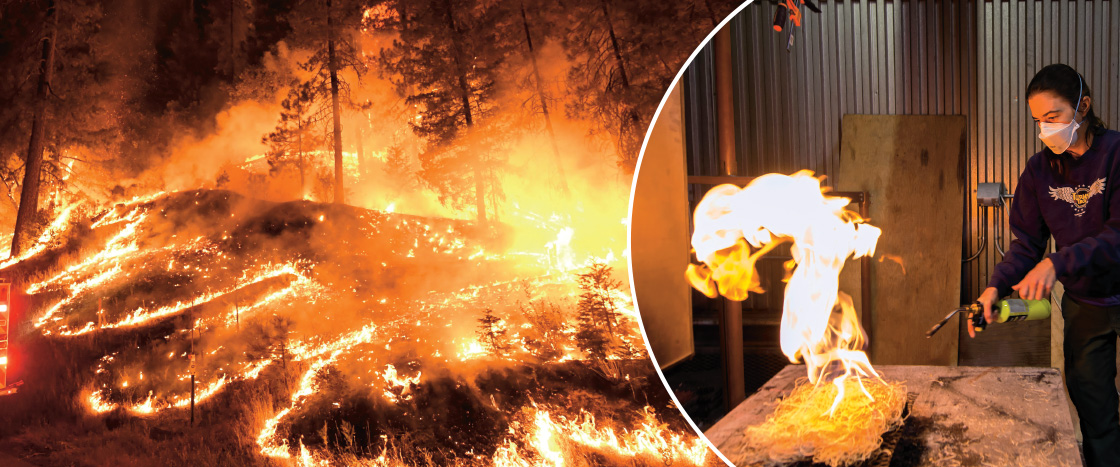ANASTASIA WILDE
Sara McAllister
This past August, wildfires devastated towns on two islands in Hawaii. People had little warning of the danger. Flames burned down homes and landmarks. Sadly, as of press time, 99 people had been confirmed dead. The historic town of Lahaina was reduced to smoldering ruins.
In May, thick, black smoke from Canadian wildfires blew into parts of the United States. The smoke spread, filling the skies across the country. Scientists warned about the risks of breathing dirty, smoke-filled air.
Sara McAllister works to keep people safe from events like these. She’s a wildfire researcher at the Missoula Fire Sciences Laboratory in Montana. There she studies how fires burn and spread. The data is used to help protect people from wildfires. McAllister spoke with SuperSTEM about her work.
This past August, wildfires devastated parts of Hawaii. They destroyed towns on two islands. People had little warning of the danger. Flames burned down homes. They also burned landmarks. Sadly, as of press time, 99 people had been confirmed dead. The historic town of Lahaina was reduced to ashes.
In May, thick smoke blew into parts of the United States. It came from wildfires in Canada. The smoke spread. It filled the skies across the country. Scientists issued warnings: Don’t breathe the air.
Sara McAllister works to keep people safe from events like these. She’s a wildfire researcher. She works at the Missoula Fire Sciences Laboratory. It’s located in Montana. There she studies how fires burn and spread. The data is used to help protect people. McAllister spoke with SuperSTEM about her work.

